Not only 'man's nipples' 10 useless body parts at first glance

Robert Wiederheim, a German anatomist active in the late 19th century, announced in his book '
10 body parts that are useless in humans (or maybe not) | Live Science
https://www.livescience.com/useless-human-body-parts
◆ 01: male nipple
The human embryo developed in the mother's womb initially develops all parts in the same way, but the male and female divergence begins around the 7th week after birth. Specifically, the ' SRY ' gene on the Y chromosome, which is a sex chromosome, works to initiate the development of male reproductive organs and the disappearance of female reproductive organs.
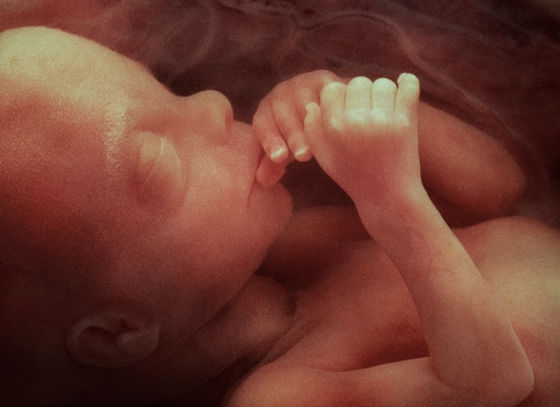
However, nipples are formed before the SRY gene is activated, so even men who never had the opportunity to breastfeed their children are born with nipples. ``However, some may disagree that male nipples often respond to sexual stimulation, so they are completely useless,'' Live Science commented.
◆ 02: Wisdom teeth
Human third molars are known as 'wisdom teeth' in Japan, and are called 'wisdom teeth' in the English-speaking world because they grow when they are sensible. It is said that 22% of people in the world have at least one out of four wisdom teeth that do not grow, and even if they do, most of them do not grow properly from the
In the past, it was said that wisdom teeth do not grow properly because human faces have become smaller and there is no more space, but recent research has shown that eating habits during childhood are also closely related. I understand. For example, eating crunchy foods such as raw vegetables and nuts may encourage jaw development, while eating soft processed foods may impede jaw growth and leave room for wisdom teeth to erupt. It is almost gone.

◆ 03: vomeronasal device
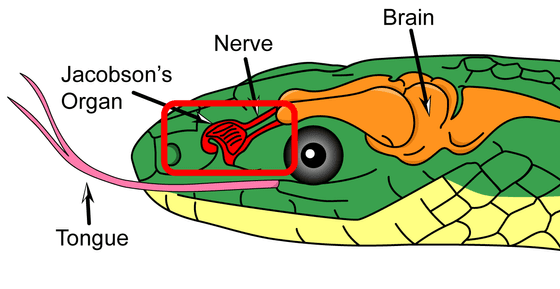
by Fred the Oyster
4: palmaris longus
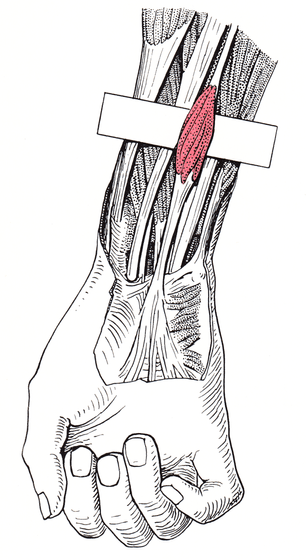
◆ 05: Pyramidal muscle
The pyramidal muscle is a muscle that begins at the symphysis pubis, where the left and right pubic bones connect, and extends on either side of the linea alba, the connective tissue that runs down the center of the abdomen. According to a 2017 paper , it is estimated that 10-20% of people lack at least one of the two pyramidal muscles, but there is no particular problem without it.
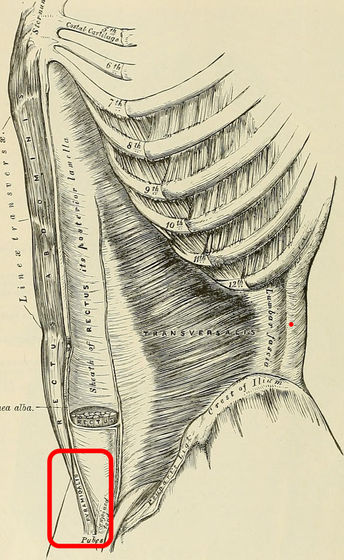
by
◆ 06: Darwin's nodule
Darwin's nodules , also called 'auricular nodules', are often found on the edge of the ear. This structure is believed to be a remnant of the joint that was once necessary to fold the top of the ear, and is considered a benign and harmless malformation.
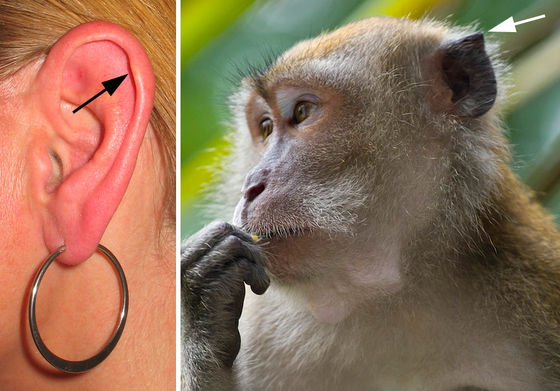
◆ 07: auricular muscle
Many animals can move their ears in response to sound, but humans have lost all or most of this function in the course of evolution. However,
◆ 08: Coccyx
The human coccyx was once part of the tail, but today it is fused together into a single bone of 3 to 5 immature vertebrae. It is considered one of the lost relics. It still serves as a fixation point for many muscles, ligaments, etc., so it's not entirely unnecessary, but at least it's useless as a tail.
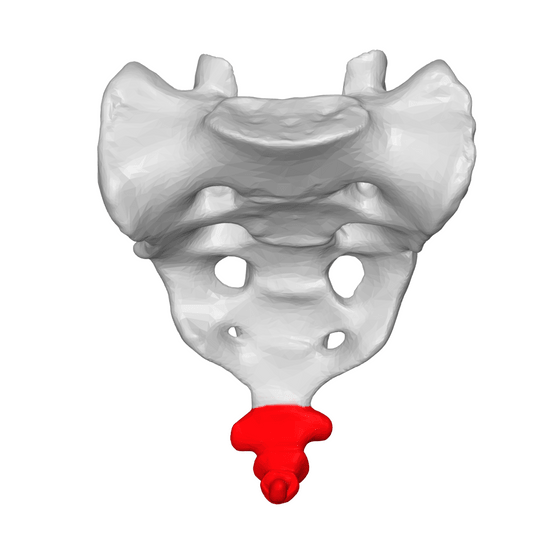
by BodyParts3D is made by DBCLS
◆ 09: appendix
Charles Darwin, an advocate of evolutionary theory, advocated that ``
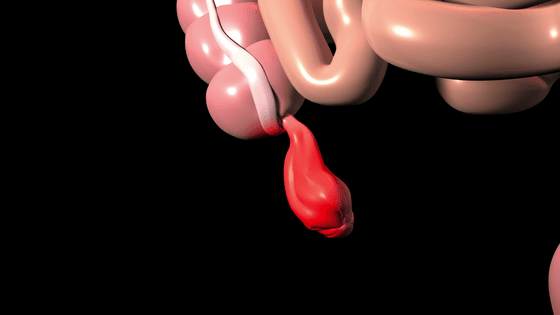
◆ 10: The third eyelid
Some mammals, such as reptiles, birds, and cats, have
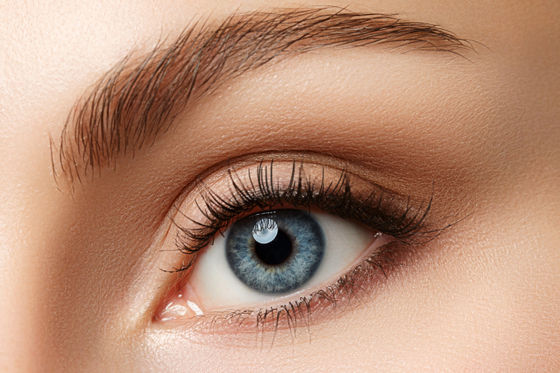
The meniscal fold does not function as an eyelid, so it may seem useless, but in fact, it has the role of assisting the rotation of the eyeball and helping the discharge of tears. Also, if the lacrimal duct, which is the passage of tears, is narrowed or clogged, surgery may be performed to remove the meniscal fold.
Related Posts:







